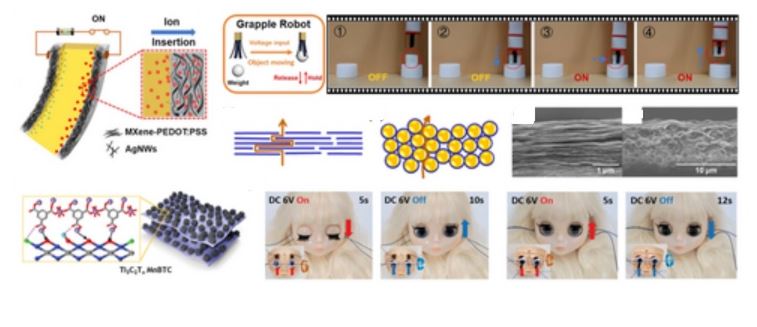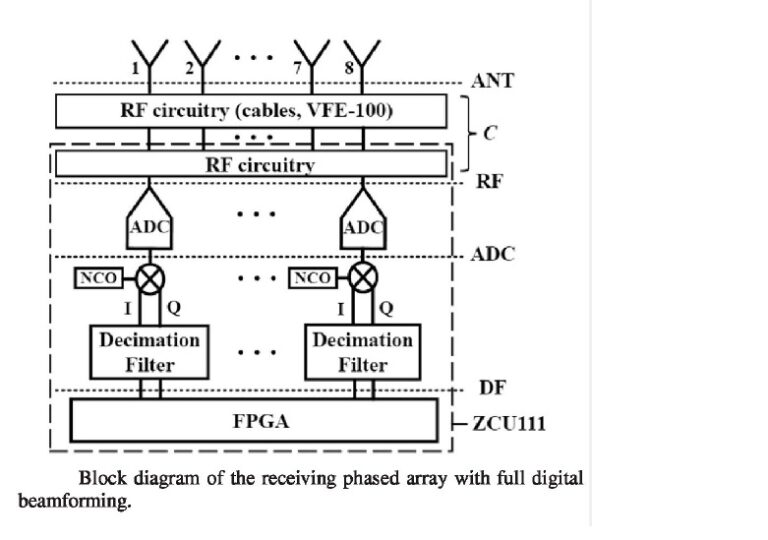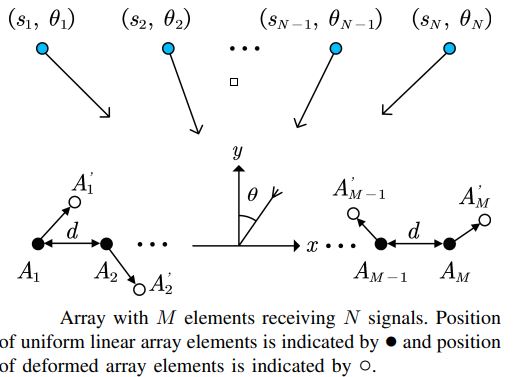Publication
- Photo-Switchable Supercapacitors based on Photo-Responsive Azopolymers: Enabling Dual-Functionality in Tunable High Capacitance and Low Self-Discharge

Fiber-based artificial muscles are promising for smart textiles capable of sensing, interacting, and adapting to environmental stimuli. However, the application of current artificial muscle-based textiles in wearable and engineering fields has largely remained a constraint due to the limited deformation, restrictive stimulation, and uncomfortable. Here, dual-responsive yarn muscles with high contractile actuation force are fabricated by incorporating a very small fraction (<1 wt.%) of Ti3C2Tx MXene/cellulose nanofibers (CNF) composites into self-plied and twisted wool yarns. They can lift and lower a load exceeding 3400 times their own weight when stimulated by moisture and photothermal. Furthermore, the yarn muscles are coiled homochirally or heterochirally to produce spring-like muscles, which generated over 550% elongation or 83% contraction under the photothermal stimulation. The actuation mechanism, involving photothermal/moisture-mechanical energy conversion, is clarified by a combination of experiments and finite element simulations. Specifically, MXene/CNF composites serve as both photothermal and hygroscopic agents to accelerate water evaporation under near-infrared (NIR) light and moisture absorption from ambient air. Due to their low-cost facile fabrication, large scalable dimensions, and robust strength coupled with dual responsiveness, these soft actuators are attractive for intelligent textiles and devices such as self-adaptive textiles, soft robotics, and wearable information encryption.
Researcher/Author:
NUS – Prof Pooi See Lee
NTU – Dr Liuxiang Zhan, Dr Shaohua Chen, Dr Yangyang Xin, Dr Jian Lv, Dr Hongbo Fu, Dr Dace Gao, Dr Feng Jiang, Dr Xinran Zhou, Dr Ni Wang,
Published in: Advanced Science (22 April 2024)
To download the paper, please proceed to:
DOI: https://doi.org/10.1002/advs.202402196







